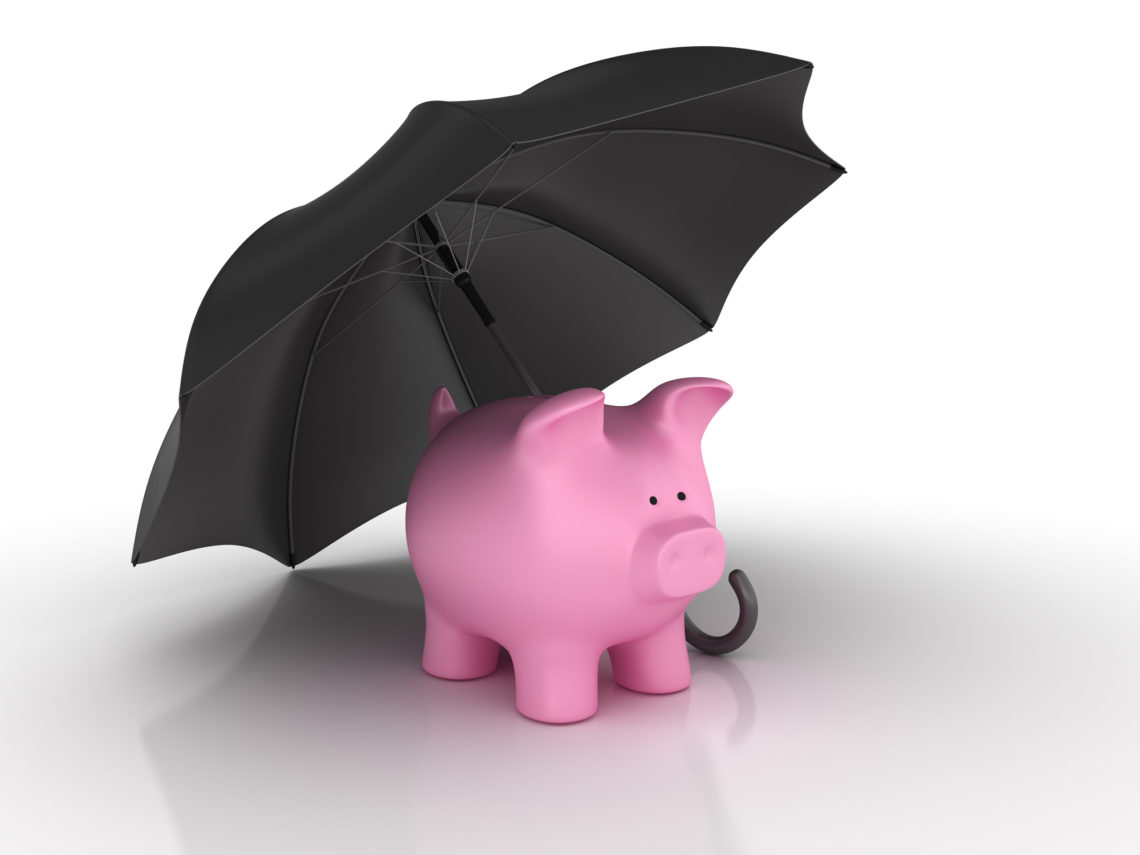
Don’t let life rain on your parade when unexpected expenses arise. The best way to be prepared for these unwelcome bills, is to save in advance by creating a rainy-day fund. Here are some helpful tips to be prepared for any storm. Additionally, keeping a rainy-day fund will also help you build financial discipline.
What is a rainy-day fund?
A rainy-day fund is money reserved to be used when unexpected expenses arise such as, a leaky roof or a car repair. The idea is to use the rainy-day fund for one-off expenses outside of your normal living expenses. By having funds readily available for non-routine bills, you can cover the extra costs without suffering too much hardship.
How to save for a rainy-day fund?
- Transfer cash monthly: Setting up an automatic transfer that occurs once a month would be a useful tactic to build your rainy-day savings fund.
- Create a rainy-day fund jar: Just as you would any other savings jar, anytime you have spare change, throw it in a jar. Over time, your savings will build.
- Reduce your spending: Try trimming your spending and adding that money you would usually spend on unnecessary things, to your rainy-day fund. For example, if you normally buy a coffee every morning or shop for new clothes every month, consider scaling back and instead, place that money in your rainy-day fund.
- Sell things you don’t need: Declutter and make some extra money on the side while doing it. Selling items like clothes, electronics, furniture, anything that you no longer need or want can be a great way to pocket some extra money for your rainy-day fund.
